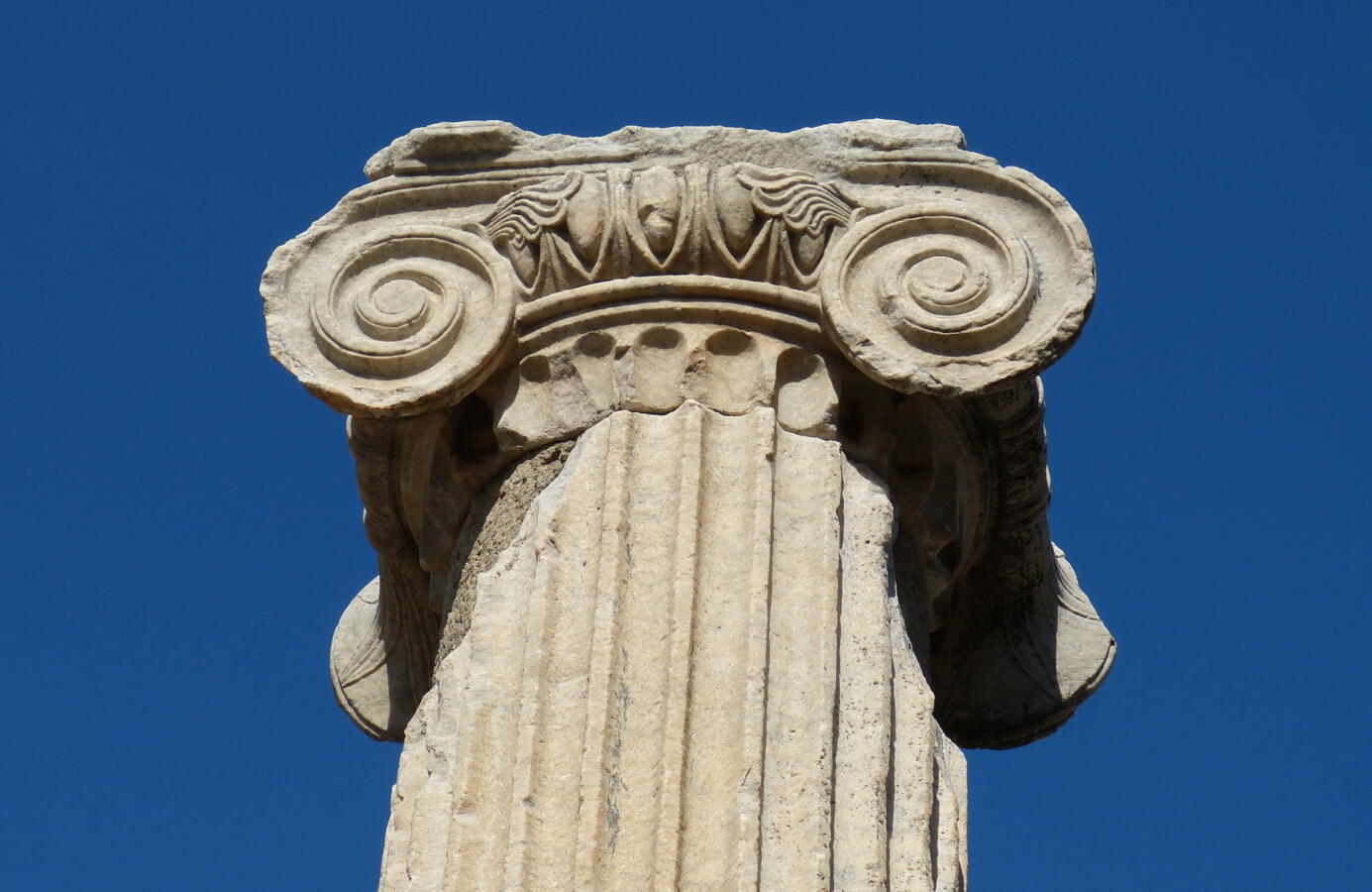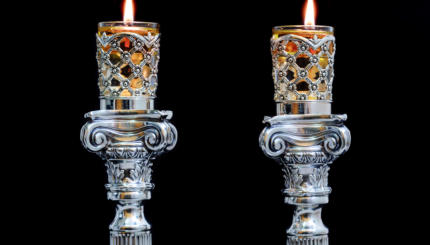In Jewish tradition, there are three kinds of fasts: statutory public fasts that come every year (like Yom Kippur and Tisha B’Av), special public fasts decreed in times of calamity, and private fasts. Private fasts were often observed in times of threat or danger, to display piety or to mark lifecycle events.
Fasting is an ancient rite that was often used to express devoutness, induce visions, express sorrow, mourning or asceticism or as an aid in preparation for revelation or for a sacred meal. Judaism, which is generally not an ascetic religion, employs fasting as an expression of piety for purification, atonement, or commemoration, with the goal of leading Jews to more ethical behaviour.
There are six Jewish statutory public fasts, of which two — Yom Kippur (the Day of Atonement) and Tisha B’Av (the Ninth of Av, commemorating various tragedies of Jewish history) — are considered major fasts, lasting from sundown to sundown. The other four are considered minor fast days, which last from sunrise to sunset on the same day. Three of these fasts are connected to the destruction of the Temple in Jerusalem.
A Total of Four
The four minor fasts are:
Shiva Asar be-Tammuz, the 17th of Tammuz
According to the Mishnah, this was the day the Romans breached the walls around Jerusalem, which led to the destruction three weeks later of the Second Temple in 70 C.E. Jeremiah mentions that the walls of Jerusalem were breached (preceding destruction of the First Temple in 586 B.C.E.) on the ninth of Tammuz, but this event is commemorated on the 17th of Tammuz. The ancient rabbis mention other events that they believed occurred on this day, including Moses breaking the tablets of the Ten Commandments, cessation of the daily sacrifices during the Roman siege, the burning of the Torah and erecting of an idol in the Temple before the Maccabean revolt.
Tsom Gedaliah, the Fast of Gedaliah: Tsom Gedaliah occurs on the third of Tishrei, the day following Rosh Hashanah. It commemorates the date that Gedaliah ben Ahikam, the Babylonian-appointed Jewish governor of Judah, was killed by other Jews.Gedaliah’s death was seen as the moment the Jews lost hope that Babylonian domination would be stopped and the Jewish state would survive.
Asarah be-Tevet, the 10th of Tevet: Asarah be-Tevet marks the beginning of the siege of Jerusalem by Nebuchadnezzar.
Ta’anit Esther, the Fast of Esther
Ta’anit Esther falls on the 13th of Adar and is a commemoration of the Jews being saved from destruction at the hands of the Persian official, Haman, by the heroic efforts of Queen Esther. It is described in the biblical book of Esther. This fast occurs on the day before Purim, unless Purim falls on a Sunday, in which case the fast is observed on the preceding Thursday. Queen Esther asked her uncle Mordecai to declare a fast for the Jews as a means of praying for her success with King Ahasuerus and against the evil Haman. Questions arise because the declared fast in the biblical book did not occur on Adar 13. One of the explanations for why this date was chosen is that on the 13th of Adar the Jews of Persia had to gather together to prepare for their war of survival, and such days were often public fast days.
There is an additional fast day that is in a different category than the public fasts. Ta’anit Bekhorim (Fast of the First Born) is considered a private fast, and only applies to the first born son of a mother or of a father. On the 14th of Nisan, the day before Passover (commencing in the morning like the other minor public fasts), the first born fasts in commemoration of the 10th plague. During this plague, all the first-born sons of the Egyptians were killed while the Israelites were saved.
A whole tractate of the Talmud, Taanit (meaning “fast”), is devoted to public fast days, their rules and regulations, including many that have gone into disuse. Only Yom Kippur is explicitly commanded in the Torah. Traditional Jewish commentators believe that the other Jewish statutory fast days are referred to in biblical texts, but the fast days are actually ordained by the ancient rabbis. Since four of the five fast days instituted by the sages focus on the destruction of the Temple and the loss of Jewish nationhood, many view these days of mourning as a means of keeping alive the messianic yearning for the restoration of the holy city, Jerusalem. Others believe that the fasts help confirm faith in God’s direction of history and God’s concern with the destiny of the Jewish people.
The main biblical reference to the fasts that focus on the destruction of the Temple is found in Zechariah 8:19: “Thus saith the Lord of hosts: the fast of the fourth month, and the fast of the fifth, and the fast of the seventh, and the fast of the 10th, shall be to the house of Judah joy and gladness and cheerful seasons…” According to traditional commentators, the first referred to is the 17th of Tammuz, the second is Tisha B’Av, the third is the Fast of Gedaliah, and the last is the 10th of Tevet.
Adar
Pronounced: uh-DAHR, Origin: Hebrew, Jewish month usually coinciding with February-March.
Purim
Pronounced: PUR-im, the Feast of Lots, Origin: Hebrew, a joyous holiday that recounts the saving of the Jews from a threatened massacre during the Persian period.
Torah
Pronunced: TORE-uh, Origin: Hebrew, the Five Books of Moses.



